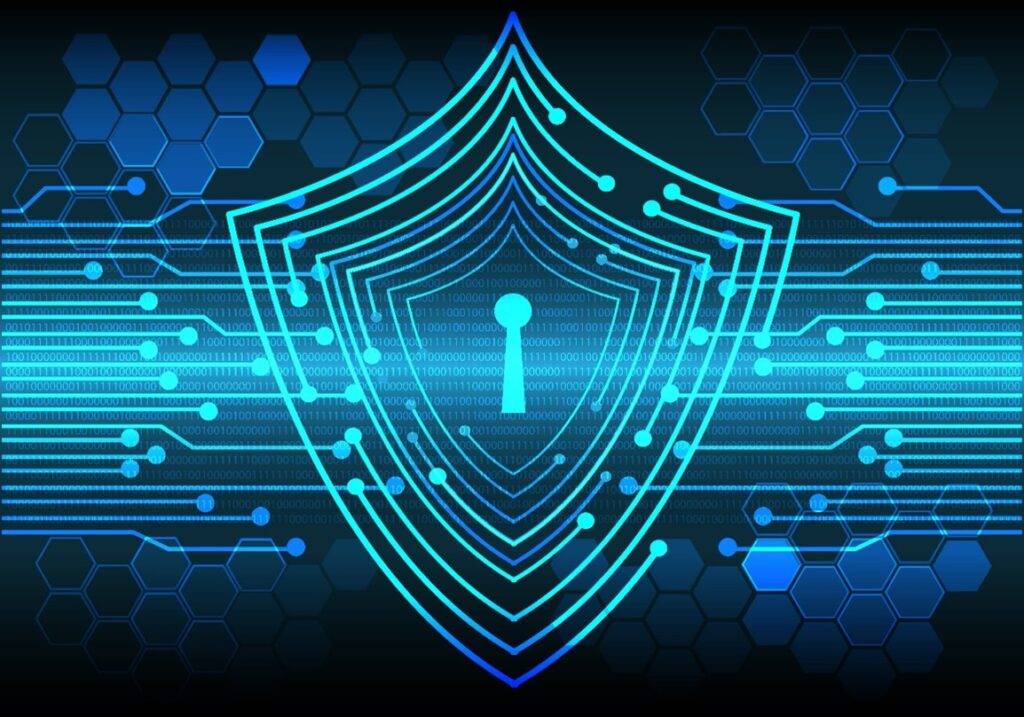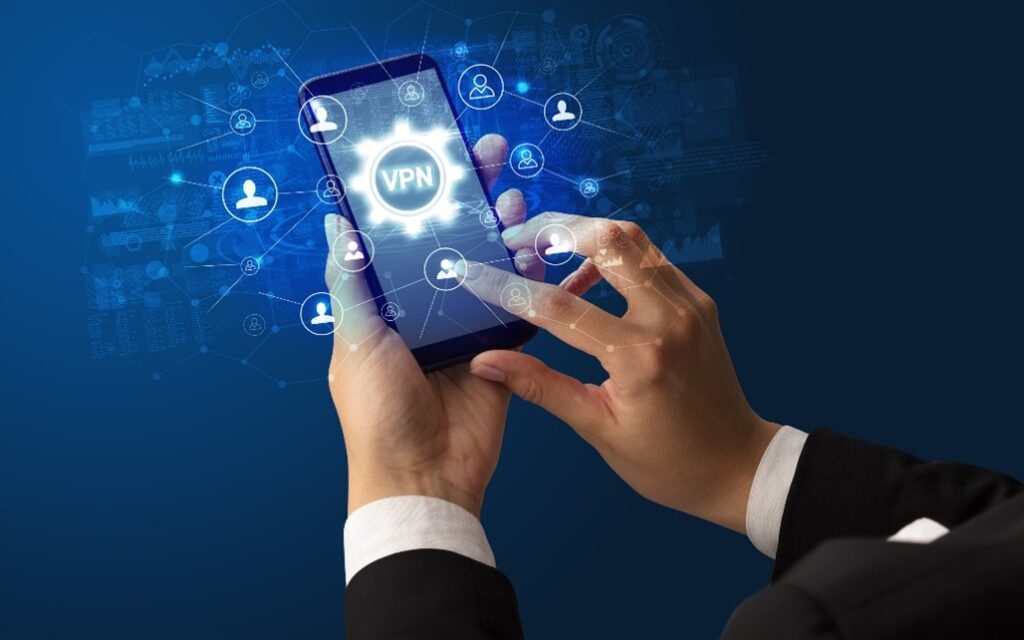Antivirus and XDR (Extended Detection and Response) are two different cybersecurity solutions that serve different purposes. Antivirus software is designed to detect and remove known malware and viruses from a system. It works by scanning files and comparing them to a database of known malware signatures. If a match is found, the antivirus software will quarantine or delete the infected file.
On the other hand, XDR is a more advanced cybersecurity solution that goes beyond traditional antivirus software. XDR is designed to detect and respond to advanced threats that may evade traditional antivirus software. It works by collecting and analyzing data from multiple sources, such as endpoints, networks, and cloud environments, to detect and respond to threats in real-time.
One of the key differences between antivirus and XDR is their approach to threat detection. Antivirus software relies on a signature-based approach, which means it can only detect known threats that have a matching signature in its database. This makes antivirus software less effective against new and unknown threats.
XDR, on the other hand, uses a behavior-based approach to threat detection. It analyzes the behavior of files and processes to detect suspicious activity that may indicate a threat. This makes XDR more effective against advanced threats that may use sophisticated techniques to evade detection.
Another difference between antivirus and XDR is their scope of protection. Antivirus software is typically limited to protecting endpoints, such as desktops and laptops. XDR, on the other hand, provides a more comprehensive approach to cybersecurity by protecting endpoints, networks, and cloud environments.
In conclusion, while antivirus software is still an important cybersecurity solution, it is no longer enough to protect against advanced threats. XDR provides a more advanced and comprehensive approach to cybersecurity that is better suited to the modern threat landscape.










